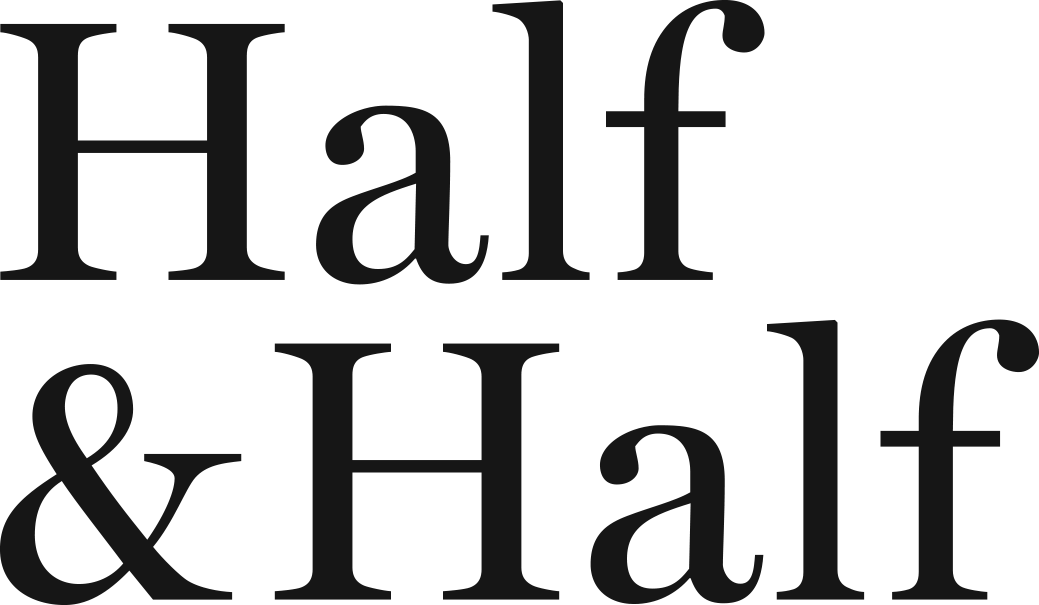A Story of “and”
/Milk powder might not be as glamorous as chunks of gorgeous Gouda on a charcuterie board, but it represents a lot of good. The good nutrition packed into a storable product. The good of paying farmers for their labor. The good of reducing waste as sustainability becomes more important every day. Milk powder is packed full of good, and it’s impactful.
Dairy powder plants are one stop milk might make on its way to your table. And while making cheese might seem more interesting than evaporating water, dairy powder plants allow milk to have a long, productive life. These processing facilities create powder from milk produced by local farmers — offering the world affordable, shelf-stable nutrition while providing a consistent home for milk, even when local milk markets are saturated. They impact not only the world’s hungry, but also the farmers who feed them.
Global impact
Michael Lichte might be dairy powder’s biggest fan. He’s the vice president of sales and operations planning for the Ingredient Solutions division at Dairy Farmers of America (DFA) — the sixth-largest milk marketing cooperative in the world — so he knows a little something about dairy powder and the plants that process it each and every day.
“Powder plants are a story of ‘and,’” Michael says. “They create manufacturing capacity for dairy nutrition that processes large volumes of our members’ milk and they can aid in bringing balance to local milk markets.
So what does it mean to create manufacturing capacity for DFA’s family farm-owners? Why not just make more fresh dairy products with the milk they produce?
“Powder plants provide an efficient way to deliver value to our members by processing the milk they produce, even if the demand for fresh dairy products isn’t there.”
“Inherently, milk marketing is trying to match supply and demand,” Michael explains.
If people aren’t buying fresh dairy products like yogurt or cheese fast enough, it can spoil. But to keep their cows happy and comfortable, farmers need to milk them several times per day. And they have to send that milk somewhere, whether consumers are buying cheese or not. Supply and demand are never perfectly balanced because they depend on consumers’ buying habits and farmers’ milk production.
“But powder plants provide an efficient way to deliver value to our members by processing the milk they produce, even if demand for fresh dairy products isn’t there,” Michael says.
These facilities remove water from the milk, creating powder that stays fresh for up to two years without refrigeration. It’s lightweight and contains milk fat, protein, amino acids and other nutrients like you find in liquid milk, but stays fresh longer, is easier to store and is more affordable to transport relative to liquid dairy products.
In this way, dairy powder plants provide a way for people around the world to feed their families — 60% of the milk powder DFA produces is exported. That means families without access to refrigeration — due to poverty or lack of a reliable electrical grid (and likely both) — can still get the dairy nutrition they need by purchasing high quality U.S. milk powder in economical packets. It’s more cost effective than liquid milk and still contains the nutrition they need. It allows us to move dairy into parts of the world that most need it.
In the kitchen
You might be wondering what else you can do with powdered dairy products.
“It has a lot of diversity,” Michael says. “It will go into secondary manufacturing for consumer-packaged dairy products like infant formula, yogurt, ice cream or cottage cheese.” Also some of those decadent chocolatey desserts you love.
Dairy powder plants create ingredients that can be used in different forms with varying levels of protein, milk fat and water, which determine its best use. Here are a few you might recognize:
Nonfat dry milk — chocolate dairy drinks (no, they don’t come from brown cows)
Whole milk powder — whipped topping for your favorite pie
Buttermilk powder — dips and dressings to dunk those veggies
Cheese powder — macaroni’s best friend
Yogurt powder — turns raisins into something your kid will snack on
Making the most of waste
Dairy is known for reusing things you might think are at the end of their lifecycles. For instance, the citrus pulps, cottonseeds and stale taco shells farmers incorporate into their cows’ nutrition plans are used to make milk. The byproduct of those byproducts — manure — is used to make fertilizer and energy.
So it should come as no surprise that the dairy industry is making the most of waste in processing facilities as well.
“Liquid whey is a byproduct of cheesemaking,” Michael says.
But instead of throwing it out, it’s transformed into something else. “It can be dried as whey powder and used in ice cream, beverages or cheese powders,” he says. “You can also really concentrate the protein to make protein bars or the recovery drinks athletes use after a workout.”
The good created at dairy powder plants seems endless. And we’re all benefiting, from the cooks looking to liven up a dish, to children with no access to refrigeration and all of us sharing the planet.
